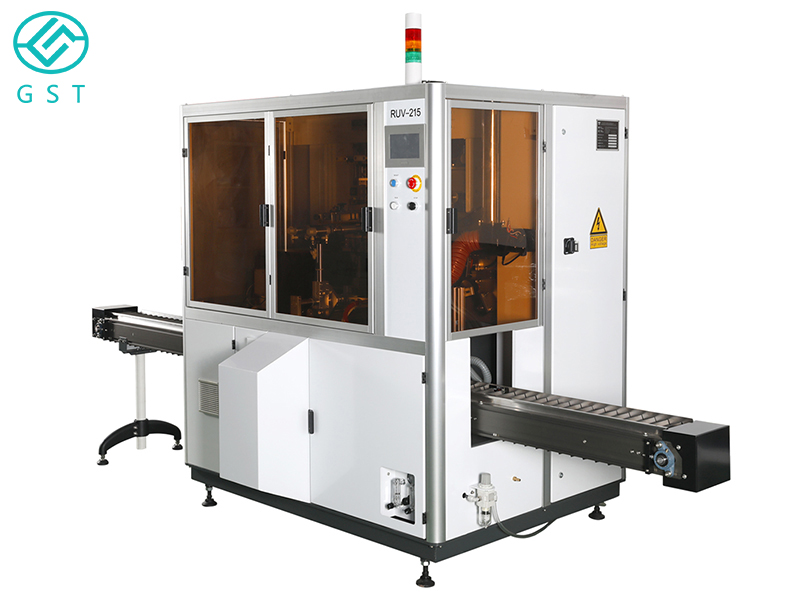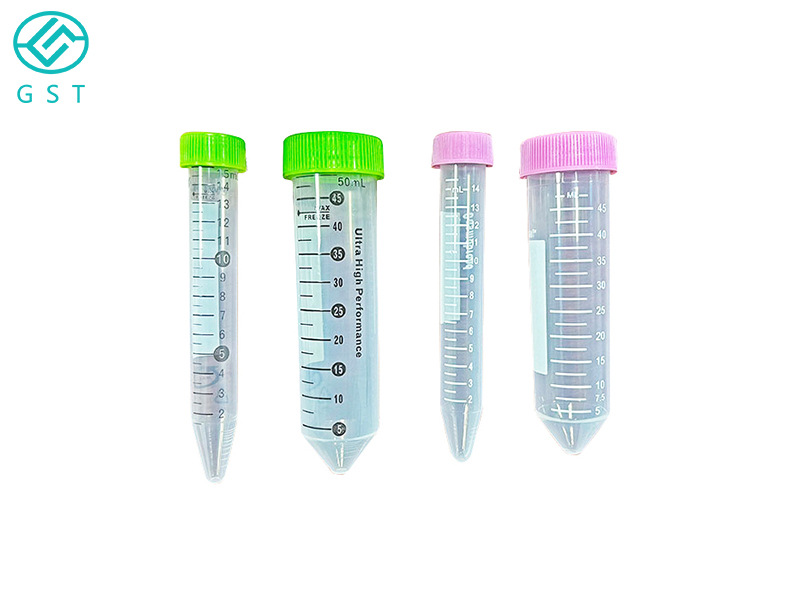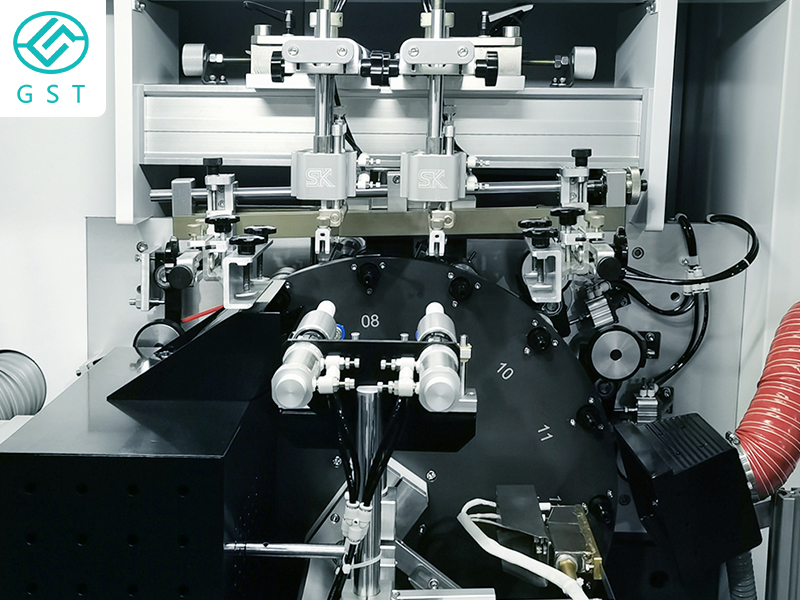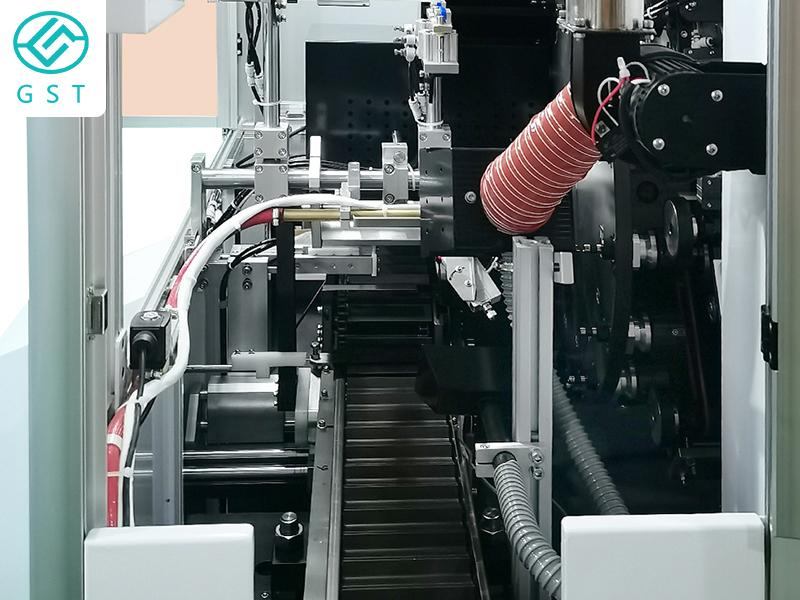Release Date:2023-01-05 11:47:22 Popularity:
In the automatic screen printing machine, when the screen template bounces off the substrate, the ink in the screen pattern part will follow the screen to form a fluffy "spider silk" and be pulled up from the substrate and float. When the screen continues to rise, this "spider silk" drifts with the wind and falls on the substrate, making the surface of the substrate dirty and the edges of the pattern not sharp.

What the hell is going on with the static electricity?
From an atomic point of view: any neutral material, such as plastic, paper and other insulators, means that the positively charged atomic nucleus in each atom is neutralized with the surrounding negatively charged electron cloud. When the material is separated by frictional contact, the insulating material The electrons will dissociate to the surface of the material. For example, rubbing a glass rod with silk, learned in middle school physics, will generate static electricity on the glass rod to attract scraps of paper. The surface of a material with reduced electrons is positively charged, while the surface of a material with increased electrons and excess electrons is negatively charged. If the material with reduced electrons is supplemented with negative charges and the material with increased electrons is supplemented with positive charges, then the positive and negative charges of the two materials are in balance Then the two materials are neutral.

In CD printing, the so-called silk printing is a process in which the ink is transferred to the substrate under a certain scraping pressure through the relative movement of the screen and the squeegee. The screen (screen) and squeegee (polyurethane squeegee) are both insulators. In silk screen printing, they scrape and rub against each other in position, especially when low humidity will generate static electricity that will affect the surface charge of the substrate. distribution status. Especially insulating materials, such as PC substrates for CDs, PET sheets for touch openings, PVC for names and signs, PP for plastic bottles, PE, etc. They are basically insulators. will be generated. For example, when screen printing membrane switch decoration ink, because after the PET film base is produced, a layer of PVC and other self-adhesive film is attached to the surface to protect its surface, so that it will not be scratched during cutting and packaging. However, the protective film must be removed after blanking and before silk screen printing. Often some operators peel off the protective film very quickly. Who knows that the protective film and the PET sheet are quickly separated at the moment of rapid film removal. During the process, especially under low humidity, static electricity is generated on the surface of the PET sheet. As a result, there are flying hairs on the edge of the handwriting on the silk screen, and there are quality problems such as fluffy ink silk on the transparent PET sheet. It caused great confusion to the silk screen workshop of the membrane switch unit.

In screen printing, the production difficulties caused by static electricity are the main body, and the performance in screen printing is as follows:
1. After the screen is screened, the imprinted ink is pulled up together with the screen in a plush shape, and the "flying hair"-like ink filaments just break after the workpiece is taken out;
2. During overprinting, the ink characters and pattern edges of the previous color and the next color repel each other, and cannot match well, so that no ink can be printed between the ink marks of the two colors;
3. In silk screen printing, the workpiece sticks to the screen, especially at the screen position where the scraper moves to the end;
4. The printing materials are stuck together and cannot be separated;
5. During the scraping process, the ink is difficult to spread on the screen, and the agglomerates stick together;

6. The substrate is dust-absorbed, and the ink marks after silk screen printing are damaged, pitted, and the surface is rough and not smooth.